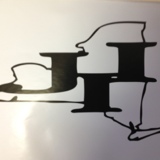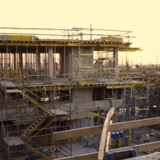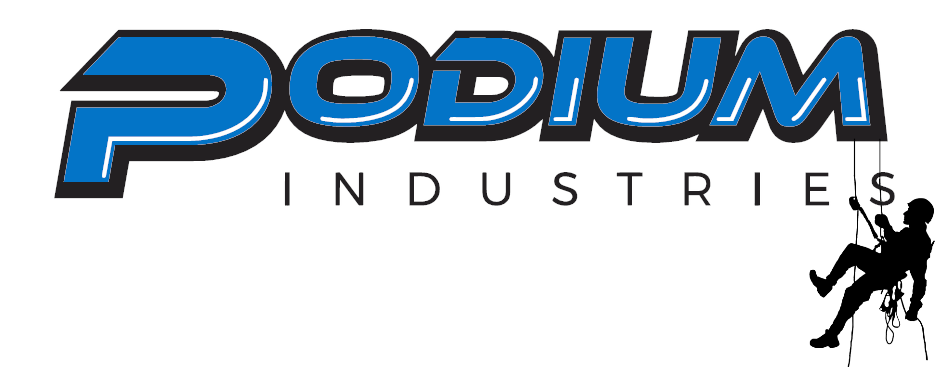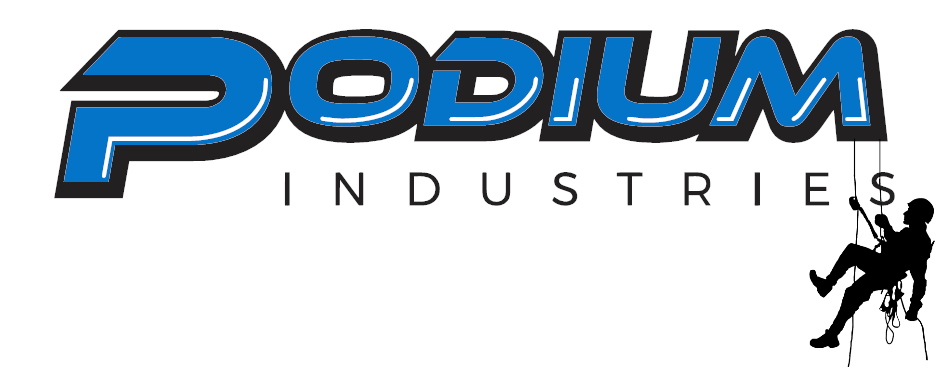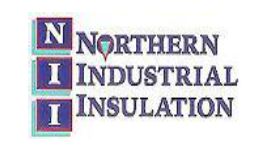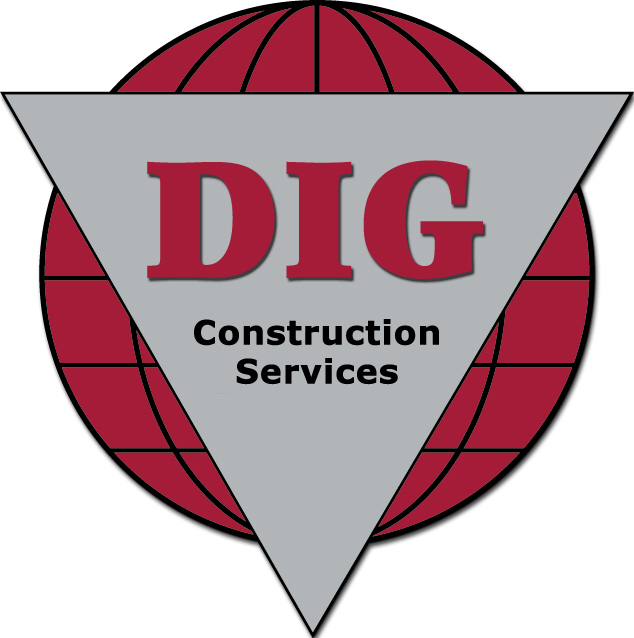Title Page
-
Client / Site
-
Conducted on (Date and Time)
-
Inspected by
-
Location
HAZARD IDENTIFICATION, REMOVAL, AND CLEANUP
-
Debris is cleared from work surfaces, passages, and stairs.
-
Nothing is within 18" of building per FSA requirements.
-
Sufficient waste or trash containers are provided, used and emptied when appropriate.
-
Open-top dumpsters are covered.
-
Exit doors and pathways are clear.
-
Fire Hydrants and riser rooms are easily accessible.
-
Any object protruding at head height has been removed or flagged.
BULK MATERIAL STORAGE
-
All items stored outside are tarped/covered.
-
All material, toolboxes, supplies, equipment, etc. on roof shall be placed on carts that have rubber air filled tires.
-
Pipe or rod is stored in racks if more than one layer high.
-
Surplus materials are returned to the stockpile.
HAZARDOUS MATERIAL STORAGE AND DISPOSAL
-
Flammable material is always stored in separate closed containers.
-
Smoking and chewing tobacco is prohibited everywhere except for designated smoking area or personal vehicle.
-
Flammable and combustible scrap, debris, and waste are removed promptly from buildings or structures.
-
Leftover hazardous products and waste are properly stored, labeled, and disposed of according to the instructions on the product’s Material Safety Data Sheet (MSDS).
WORK PRACTICES
-
Housekeeping occurs constantly on the job, not just once a week or at the end of the project.
-
Fabrication areas will be predetermined and kept organized. No other fabrication areas shall existing unless authorized.
-
All lift equipment is stored, when not in use, away from operational areas.
-
Extension cords, lines, welding leads, hoses, etc. are coiled up when not in use.
-
Tools are returned to the gang box or tool room.
-
Vehicles are to be kept to a minimum in the yards. One vehicle with all necessary tools is encouraged to keep in the yard as well as carpooling to minimize congestion.
COMPLETION
-
Recommendations
-
Full Name and Signature of the Inspector







